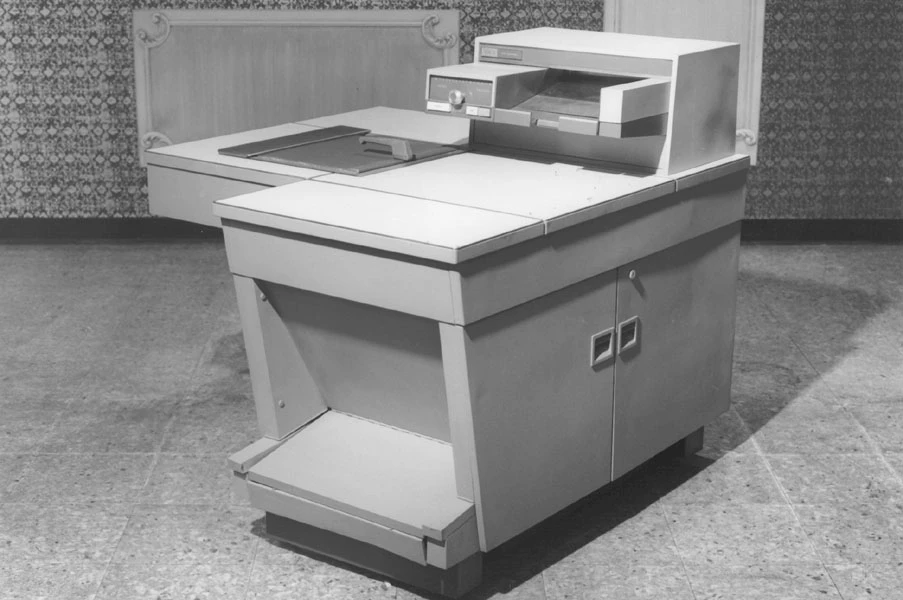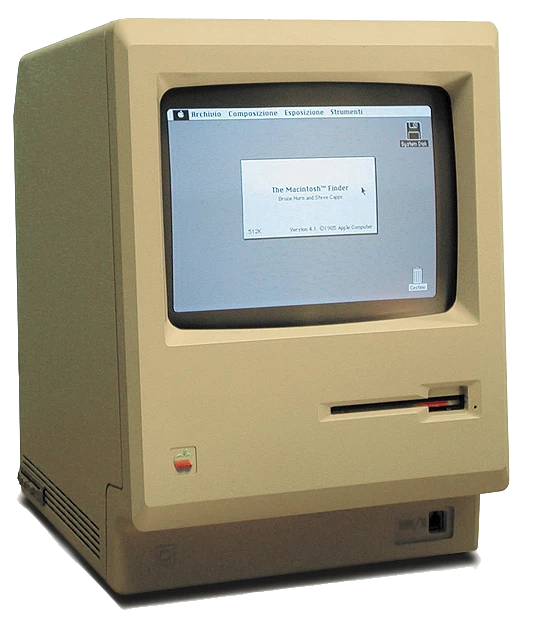Ne obliviscaris — Xerox

The next empire we will study in the “Ne obliviscaris” series is Xerox.

Founded in the early 1900s as Haloid, Xerox began as a small manufacturer of photographic products in the city of Rochester, New York, USA. It wasn't until the late 1940s that the company struck hard. It bought a patent held by an American inventor, which Kodak had refused to acquire, on a new technique: electrophotography, which was later renamed xerography.

After a few years of development, the company completes one of the most important inventions since Gutenberg's printing machine: The Xerox 914 photocopier. No more transcriptions, no more difficult task of preparing the printing plates character by character. Documents can be simply typed and copied in several hundred copies at low cost. Quickly all companies, all universities, all schools want this revolutionary device. The company filed multiple patent applications and succeeded in protecting each of the concepts used in its invention. So much so that the company came to own the entire market it had created. The company makes record profits year after year.
A good idea...
In the early 1970s, the Xerox company, then at its peak, created the Palo Alto Research Center. Its managers knew that its dominant market position was only temporary. The company wanted to be at the forefront of the next technological revolution. It hired the best engineers and inventors. It spends colossal amounts of money on its research center.
The company begins to show signs of weakness when the Federal Trade Commission begins to address this lack of competition, an essential element of American capitalism. In 1975, Xerox filed a lawsuit before the U.S. Department of Justice, and agreed to license its patent portfolio to its competitors, mainly Japanese companies.
The latter would quickly become fiercely competitive with them. Xerox's 100% market share quickly dropped to 10%. Despite the fact that they receive royalties, profits also drop.
... poorly exploited
The company's management in the early 1980s began to view PARC as an expensive expense and began to cut its budgets. Why was this?
Xerox executives did not understand the importance of discoveries made by their own researchers. Xerox invents the mouse, the graphical user interface, the first personal computer capable of producing images. They go even further by creating on paper a rough draft of the touch tablets, the iPad, the Android tablets, that we use today.
The company is unable to produce products that are affordable and accessible to the public. A Xerox Star, considered the first modern computer, is worth at least US$16,000. ($64,000 in 2013). And a complete package, including a printer and network access module, can be worth as much as $100,000.

In 1979, Steve Jobs convinced a Xerox executive to take him on a tour of PARC. He soon realized the untapped potential of the inventions developed there. When he returned to talk to Xerox executives, they were so unconvinced that Apple would be able to turn its technology into a profitable product that they agreed to transfer their patents to him in exchange for shares.
In 1984, Apple struck hard. The Macintosh launched a new era in computing. And Xerox is dying because it sold its patents for a pittance.
The good students
Apple, Microsoft and Google have learned a lot from this story. All three companies will systematically patent every single one of their inventions even if they don't see the need for them. Do not hesitate for a second to continue at the slightest opportunity.
The bad Students

In 2003, three Havard graduates decided to create a site to find their old friends. They created the "Havard Connection" project. They successively hire a few students to code the website. At the end of 2003, they meet a student named Mark Zuckerberg. But they only made a verbal agreement with him. When he realizes the full potential of their project, he prefers to copy their project and thus create Facebook.
